0-7506-3365-4
Table of contents :
Front Matter……Page 1
Table of Contents……Page 0
Preface to the Second Edition……Page 4
Preface to the First Edition……Page 6
Table of Contents……Page 8
1.2 Origin of the Universe……Page 22
1.3 Abundances of the Elements in the Universe……Page 24
1.4 Stellar Evolution and the Spectral Classes of Stars……Page 26
1.5.1 Hydrogen burning……Page 30
1.5.2 Helium burning and carbon burning……Page 31
1.5.3 The alpha-process……Page 32
1.5.5 The s- and r-processes (slow and rapid neutron absorption)……Page 33
1.5.7 The x-process……Page 34
1.6 Atomic Weights……Page 36
1.6.1 Uncertainty in atomic weights……Page 37
1.6.2 The problem of radioactive elements……Page 39
2.1 Introduction……Page 41
2.2 The Electronic Structure of Atoms……Page 42
2.3.1 Trends in atomic and physical properties……Page 44
2.3.2 Trends in chemical properties……Page 48
2.4 Prediction of New Elements and Compounds……Page 50
3.1 Introduction……Page 53
3.2.1 Isotopes of hydrogen……Page 55
3.2.2 Ortho- and para-hydrogen……Page 56
3.2.3 Ionized forms of hydrogen……Page 57
3.3.1 Hydrogen……Page 59
3.3.2 Deuterium……Page 60
3.3.3 Tritium……Page 62
3.4 Chemical Properties and Trends……Page 64
3.4.1 The coordination chemistry of hydrogen……Page 65
3.5 Protonic Acids and Bases……Page 69
3.6 The Hydrogen Bond……Page 73
3.6.1 Influence on properties……Page 74
3.6.2 Influence on structure……Page 80
3.6.3 Strength of hydrogen bonds and theoretical description……Page 82
3.7 Hydrides of the Elements……Page 85
4.2.1 Discovery and isolation……Page 89
4.2.2 Terrestrial abundance and distribution……Page 90
4.2.3 Production and uses of the metals……Page 92
4.2.4 Properties of the alkali metals……Page 95
4.2.5 Chemical reactivity and trends……Page 97
4.2.6 Solutions in liquid ammonia and other solvents……Page 98
010 – 10915ABC7B4EC6E22DBBDD1ACA87B2D3.pdf……Page 100
4.3.2 Halides and hydrides……Page 103
4.3.3 Oxides, peroxides, superoxides and suboxides……Page 105
4.3.4 Hydroxides……Page 107
4.3.5 Oxoacid salts and other compounds……Page 108
4.3.6 Coordination chemistry……Page 111
4.3.7 Imides, amides and related compounds……Page 120
4.3.8 Organometallic compounds……Page 123
5.1 Introduction……Page 128
5.2.1 Terrestrial abundance and distribution……Page 129
5.2.2 Production and uses of the metals……Page 131
5.2.3 Properties of the elements……Page 132
5.2.4 Chemical reactivity and trends……Page 133
012 – EEA1AA2089B39DD62141EEDBF4E3C4EE.pdf……Page 134
5.3.2 Hydrides and halides……Page 136
5.3.3 Oxides and hydroxides……Page 140
5.3.4 Oxoacid salts and coordination complexes……Page 143
Beryllium……Page 148
Magnesium……Page 152
Calcium, strontium and barium……Page 157
6.1 Introduction……Page 160
6.2.1 Isolation and purification of the element……Page 161
6.2.2 Structure of cjstalline boron……Page 162
6.2.4 Chemical properties……Page 165
6.3.1 Introduction……Page 166
6.3.2 Preparation and stoichiometry……Page 167
6.3.3 Structures of borides……Page 168
6.4.1 Introduction……Page 172
6.4.2 Bonding and topology……Page 178
6.4.3 Preparation and properties of boranes……Page 183
6.4.4 The chemistry of small boranes and their anions……Page 185
6.4.5 Intermediate-sized boranes and their anions……Page 191
6.4.6 Chemistry of nido-decaborane……Page 194
6.4.7 Chemistry of closo-B……Page 199
6.5 Carboranes……Page 202
6.6 Metallocarboranes……Page 210
6.7.1 Boron trihalides……Page 216
6.7.2 Lower halides of boron……Page 221
6.8.1 Boron oxides and oxoacids……Page 224
6.8.2 Borates……Page 226
6.9 Boron-Nitrogen Compounds……Page 228
6.10.1 Compounds with bonds to P, As or Sb……Page 232
6.10.2 Compounds with bonds to S , Se and Te……Page 234
7.1 Introduction……Page 237
7.2.1 Terrestrial abundance and distribution……Page 238
7.2.2 Preparation and uses of the metals……Page 240
7.2.3 Properties of the elements……Page 243
7.2.4 Chemical reactivity and trends……Page 245
7.3.1 Hydrides and related complexes……Page 248
7.3.2 Halides and halide complexes……Page 254
7.3.3 Oxides and hydroxides……Page 263
7.3.4 Ternary and more complex oxide phases……Page 268
7.3.5 Other inorganic compounds……Page 273
7.3.6 Organometallic compounds……Page 278
8.1 Introduction……Page 289
8.2.1 Terrestrial abundance and distribution……Page 290
8.2.2 Allotropic forms……Page 295
8.2.3 Atomic and physical properties……Page 297
8.2.4 Fullerenes……Page 300
8.2.5 Chemical properties of carbon……Page 310
8.3 Graphite Intercalation Compounds……Page 314
8.4 Carbides……Page 318
8.5 Hydrides, Halides and Oxohalides……Page 322
8.6 Oxides and Carbonates……Page 326
8.7 Chalcogenides and Related Compounds……Page 335
8.8 Cyanides and Other Carbon-Nitrogen Compounds……Page 340
8.9 Organometallic Compounds……Page 348
9.1 Introduction……Page 349
9.2.1 Occurrence and distribution……Page 350
9.2.3 Atomic and physical properties……Page 351
9.2.4 Chemical properties……Page 352
9.3.1 Silicides……Page 357
9.3.2 Silicon hydrides (silanes)……Page 359
9.3.3 Silicon halides and related complexes……Page 362
9.3.4 Silica and silicic acids……Page 364
9.3.5 Silicate minerals……Page 369
9.3.6 Other inorganic compounds of silicon……Page 381
9.3.7 Organosilicon compounds and silicones……Page 383
10.1 Introduction……Page 389
10.2.1 Terrestrial abundance and distribution……Page 390
10.2.2 Production and uses of the elements……Page 391
10.2.3 Properties of the elements……Page 393
10.2.4 Chemical reactivity and group trends……Page 395
10.3.1 Hydrides and hydrohalides……Page 396
10.3.2 Halides and related complexes……Page 397
10.3.3 Oxides and hydroxides……Page 404
10.3.4 Derivatives of oxoacids……Page 409
10.3.5 Other inorganic compounds……Page 411
10.3.6 Metal-metal bonds and clusters……Page 413
10.3.7 Organometallic compounds……Page 418
11.1 Introduction……Page 428
11.2.1 Abundance and distribution……Page 429
11.2.2 Production and uses of nitrogen……Page 431
11.2.3 Atomic and physical properties……Page 433
11.2.4 Chemical reactivity……Page 434
11.3 Compounds……Page 438
11.3.1 Nitrides, azides and nitrido complexes……Page 439
11.3.2 Ammonia and ammonium salts……Page 442
11.3.3 Other hydrides of nitrogen……Page 448
11.3.4 Thermodynamic relations between N-containing species……Page 456
11.3.5 Nitrogen halides and related compounds……Page 460
11.3.6 Oxides of nitrogen……Page 465
11.3.7 Oxoacids, oxoanions and oxoacid salts of nitrogen……Page 481
12.1 Introduction……Page 495
12.2.1 Abundance and distribution……Page 497
12.2.3 Allotropes of phosphorus……Page 501
12.2.4 Atomic and physical properties……Page 505
12.2.5 Chemical reactivity and stereochemistry……Page 506
12.3.1 Phosphides……Page 512
12.3.2 Phosphine and related compounds……Page 515
12.3.3 Phosphorus halides……Page 518
12.3.4 Oxohalides and thiohalides of phosphorus……Page 525
12.3.5 Phosphorus oxides, sulfides, selenides and related compounds……Page 527
12.3.6 Oxoacids of phosphorus and their salts……Page 535
12.3.7 Phosphorus -nitrogen compounds……Page 556
12.3.8 Organophosphorus compounds……Page 567
13.1 Introduction……Page 572
13.2.1 Abundance, distribution and extraction……Page 573
13.2.2 Atomic and physical properties……Page 575
13.2.3 Chemical reactivity and group trends……Page 577
13.3.1 Intermetallic compounds- and alloys……Page 579
13.3.2 Hydrides of arsenic, antimony and bismuth……Page 582
13.3.3 Halides and related complexes……Page 583
13.3.4 Oxides and oxo compounds……Page 597
13.3.5 Sulfides and related compounds……Page 604
13.3.6 Metal-metal bonds and clusters……Page 609
13.3.7 Other inorganic compounds……Page 617
13.3.8 Organometallic compounds……Page 618
14.1.1 Introduction……Page 626
14.1.2 Occurrence……Page 628
14.1.3 Preparation……Page 629
14.1.4 Atomic and physical properties……Page 630
14.1.5 Other forms of oxygen……Page 633
14.1.6 Chemical properties of dioxygen……Page 638
14.2.1 Coordination chemistry: dioxygen as a ligand……Page 642
14.2.2 Water……Page 647
14.2.3 Hydrogen peroxide……Page 660
14.2.4 Oxygen fluorides……Page 665
14.2.5 Oxides……Page 667
15.1.1 Introduction……Page 672
15.1.2 Abundance and distribution……Page 674
15.1.3 Production and uses of elemental sulfur……Page 676
15.1.4 Allotropes of sulfur……Page 679
15.1.5 Atomic and physical properties……Page 688
15.1.6 Chemical reactivity……Page 690
15.2.1 Sulfides of the metallic elements……Page 704
15.2.2 Hydrides of sulfur (sulfanes)……Page 710
15.2.3 Halides of sulfur……Page 711
15.2.4 Oxohalides of sulfur……Page 721
15.2.5 Oxides of sulfur……Page 724
15.2.6 Oxoacids of sulfur……Page 735
Sulfuric acid……Page 739
Peroxosulfuric acids……Page 742
Thiosulfuric acid……Page 744
Dithionic acid……Page 745
Polythionic acids……Page 746
Sulfurous acid……Page 747
Dithionous acid……Page 750
15.2.7 Sulfur-nitrogen compounds……Page 752
Binary sulfur nitrides……Page 753
Sulfur-nitrogen cations and anions……Page 761
Sulfur imides……Page 767
Sulfur-nitrogen-halogen compounds……Page 768
Sulfur-nitrogen-oxygen compounds……Page 772
16.1.1 Introduction: history, abundance, distribution……Page 779
16.1.2 Production and uses of the elements……Page 780
16.1.3 Allotropy……Page 783
16.1.4 Atomic and physical properties……Page 785
16.1.5 Chemical reactivity and trends……Page 786
16.1.6 Polyatomic cations……Page 791
16.1.7 Polyatomic anions……Page 794
16.2.1 Selenides, tellurides and polonides……Page 798
16.2.2 Hydrides……Page 799
16.2.3 Halides……Page 800
16.2.4 Oxohalides and pseudohalides……Page 811
16.2.5 Oxides……Page 813
16.2.6 Hydroxides and oxoacids……Page 815
16.2.7 Other inorganic compounds……Page 817
16.2.8 Organo-compounds……Page 820
17.1.1 Introduction……Page 823
17.1.2 Abundance and distribution……Page 829
17.1.3 Production and uses of the elements……Page 830
17.1.4 Atomic and physical properties……Page 834
17.1.5 Chemical reactivity and trends……Page 838
17.2.1 Hydrogen halides, HX……Page 844
17.2.2 Halides of the elements……Page 854
17.2.3 Interhalogen compounds……Page 860
17.2.4 Polyhalide anions……Page 871
17.2.5 Polyhalonium cations……Page 875
17.2.6 Halogen cations……Page 878
17.2.7 Oxides of chlorine, bromine and iodine……Page 880
17.2.8 Oxoacids and oxoacid salts……Page 889
17.2.9 Halogen oxide fluorides and related compounds……Page 912
17.2.10 Halogen derivatives of oxoacids……Page 920
17.3 The Chemistry of Astatine……Page 922
18.1 Introduction……Page 925
18.2.1 Distribution, production and uses……Page 926
18.2.2 Atomic and physical properties of the elements……Page 927
18.3 Chemistry of the Noble Gases……Page 929
18.3.2 Compounds of xenon……Page 930
18.3.3 Compounds of other noble gases……Page 940
19.1 Introduction……Page 942
19.2 Types of Ligand……Page 943
19.3 Stability of Coordination Compounds……Page 945
19.4 The Various Coordination Numbers……Page 949
19.5 Isomerism……Page 955
19.6 The Coordinate Bond……Page 958
19.7 Organometallic Compounds……Page 962
19.7.1 Monohapto ligands……Page 963
19.7.2 Dihapto ligands……Page 968
19.7.3 Trihapto ligands……Page 971
19.7.4 Tetrahapto ligands……Page 973
19.7.5 Pentahapto ligands……Page 975
19.7.6 Hexahapto ligands……Page 978
19.7.7 Heptahapto and octahapto ligands……Page 979
20.1 Introduction……Page 982
20.2.2 Preparation and uses of the metals……Page 983
20.2.3 Properties of the elements……Page 984
20.2.4 Chemical reactivity and trends……Page 986
20.3.1 Simple compounds……Page 987
20.3.2 Complexes……Page 988
20.3.3 Organometallic compounds……Page 991
21.1 Introduction……Page 992
21.2.2 Preparation and uses of the metals……Page 993
21.2.3 Properties of the elements……Page 994
21.2.4 Chemical reactivity and trends……Page 996
21.3.1 Oxides and sulfides……Page 999
21.3.2 Mixed (or complex) oxides……Page 1000
21.3.3 Halides……Page 1002
21.3.4 Compounds with oxoanions……Page 1004
21.3.5 Complexes……Page 1005
21.3.6 Organometallic compounds……Page 1010
22.1 Introduction……Page 1014
22.2.2 Preparation and uses of the metals……Page 1015
22.2.3 Atomic and physical properties of the elements……Page 1016
22.2.4 Chemical reactivity and trends……Page 1017
22.3.1 Oxides……Page 1019
22.3.2 Polymetallates……Page 1021
22.3.3 Sulfides, selenides and tellurides……Page 1025
22.3.4 Halides and oxohalides……Page 1027
22.3.5 Compounds with oxoanions……Page 1032
22.3.6 Complexes……Page 1033
22.3.8 Organometallic compounds……Page 1038
23.1 Introduction……Page 1041
23.2.2 Preparation and uses of the metals……Page 1042
23.2.3 Properties of the elements……Page 1043
23.2.4 Chemical reactivity and trends……Page 1044
23.3.1 Oxides……Page 1046
23.3.2 Isopolymetallates……Page 1048
23.3.3 Heteropolymetallates……Page 1053
23.3.4 Tungsten and molybdenum bronzes……Page 1055
23.3.5 Sulfides, selenides and tellurides……Page 1056
23.3.6 Halides and oxohalides……Page 1058
23.3.7 Complexes of chromium, molybdenum and tungsten……Page 1062
23.3.8 Biological activity and nitrogen fixation……Page 1074
23.3.9 Organometallic compounds……Page 1076
24.1 Introduction……Page 1079
24.2.2 Preparation and uses of the metals……Page 1080
24.2.3 Properties of the elements……Page 1082
24.2.4 Chemical reactivity and trends……Page 1083
24.3.1 Oxides and chalcogenides……Page 1084
24.3.2 Oxoanions……Page 1088
24.3.3 Halides and oxohalides……Page 1090
24.3.4 Complexes of manganese, technetium and rhenium……Page 1093
24.3.5 The biochemistry of manganese……Page 1100
24.3.6 Organometallic compounds……Page 1101
25.1 Introduction……Page 1109
25.2.2 Preparation and uses of the elements……Page 1110
25.2.3 Properties of the elements……Page 1113
25.2.4 Chemical reactivity and trends……Page 1114
25.3.1 Oxides and other chalcogenides……Page 1118
25.3.2 Mixed metal oxides and oxoanions……Page 1120
25.3.3 Halides and oxohalides……Page 1121
25.3.4 Complexes……Page 1124
091 – D06CC7E4C73F711C37B040DC1CC63E.pdf……Page 1137
26.2.1 Terrestrial abundance and distribution……Page 1152
26.2.2 Preparation and uses of the elements……Page 1153
26.2.3 Properties of the elements……Page 1154
26.2.4 Chemical reactivity and trends……Page 1155
26.3.1 Oxides and sulfides……Page 1156
26.3.2 Halides……Page 1158
26.3.3 Complexes……Page 1160
26.3.4 The biochemistry of cobalt……Page 1177
26.3.5 Organometallic compounds……Page 1178
27.1 Introduction……Page 1183
27.2.2 Preparation and uses of the elements……Page 1184
27.2.3 Properties of the elements……Page 1187
27.2.4 Chemical reactivity and trends……Page 1188
27.3.1 The Pd/H2 system……Page 1189
27.3.2 Oxides and chalcogenides……Page 1190
27.3.3 Halides……Page 1191
27.3.4 Complexes……Page 1193
27.3.6 Organometallic compounds……Page 1207
28.1 Introduction……Page 1213
28.2.2 Preparation and uses of the elements……Page 1214
28.2.3 Atomic and physical properties of the elements……Page 1216
28.2.4 Chemical reactivity and trends……Page 1217
28.3 Compounds of Copper, Silver and Gold……Page 1220
28.3.1 Oxides and sulfides……Page 1221
28.3.2 High temperature superconductors……Page 1222
28.3.3 Halides……Page 1223
28.3.4 Photography……Page 1225
28.3.5 Complexes……Page 1227
28.3.6 Biochemistry of copper……Page 1237
28.3.7 Organometallic compounds……Page 1239
29.1 Introduction……Page 1241
29.2.2 Preparation and uses of the elements……Page 1242
29.2.3 Properties of the elements……Page 1243
29.2.4 Chemical reactivity and trends……Page 1245
29.3.1 Oxides and chalcogenides……Page 1248
29.3.2 Halides……Page 1251
29.3.3 Mercury(I)……Page 1253
29.3.4 Zinc(II) and cadmium(II)……Page 1255
29.3.5 Mercury(II)……Page 1257
29.3.6 Organometallic compounds……Page 1261
29.3.7 Biological and environmental importance……Page 1264
30.1 Introduction……Page 1267
30.2.1 Terrestrial abundance and distribution……Page 1269
30.2.2 Preparation and uses of the elements……Page 1270
30.2.3 Properties of the elements……Page 1272
30.2.4 Chemical reactivity and trends……Page 1275
30.3.1 Oxides and chalcogenides……Page 1278
30.3.2 Halides……Page 1280
30.3.3 Magnetic and spectroscopic properties……Page 1282
30.3.4 Complexes……Page 1284
30.3.5 Organometallic compounds……Page 1288
31.1 Introduction……Page 1290
31.2.1 Terrestrial abundance and distribution……Page 1293
31.2.2 Preparation and uses of the actinide elements……Page 1295
31.2.3 Properties of the actinide elements……Page 1302
31.2.4 Chemical reactivity and trends……Page 1304
31.3 Compounds of the Actinides……Page 1307
31.3.1 Oxides and chalcogenides of the actinides……Page 1308
31.3.3 Halides of the actinide elements……Page 1309
31.3.4 Magnetic and spectroscopic properties……Page 1312
31.3.5 Complexes of the actinide elements……Page 1313
31.3.6 Organometallic compounds of the actinides……Page 1318
31.4.1 Introduction……Page 1320
31.4.2 Element 104……Page 1321
31.4.4 Element 106……Page 1322
31.4.6 Elements 110, 111 and 112……Page 1323
Appendix 1: Atomic Orbitals……Page 1325
Appendix 2: Symmetry Elements, Symmetry Operations and Point Groups……Page 1330
Appendix 3: Some Non-SI Units……Page 1333
Appendix 4: Abundance of Elements in Crustal Rocks……Page 1334
Appendix 5: Effective Ionic Radii……Page 1335
Appendix 6: Nobel Prize for Chemistry……Page 1336
Appendix 7: Nobel Prize for Physics……Page 1340
Standard Atomic Weights of the Elements 1995……Page 1345
Recommended Consistent Values of Some Fundamental Physical Constants……Page 1346
A……Page 1347
B……Page 1350
C……Page 1352
D……Page 1356
E……Page 1357
F……Page 1358
G……Page 1359
H……Page 1360
I……Page 1362
J……Page 1363
L……Page 1364
M……Page 1365
N……Page 1366
O……Page 1369
P……Page 1370
R……Page 1373
S……Page 1374
T……Page 1379
U……Page 1381
Y……Page 1382
Z……Page 1383
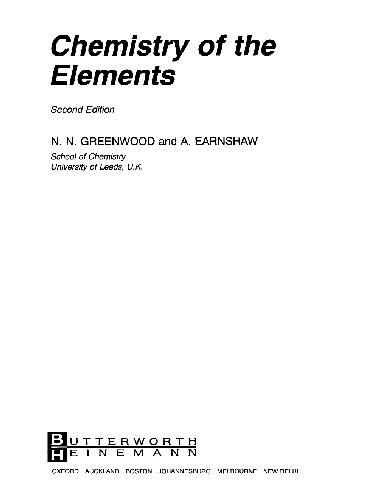
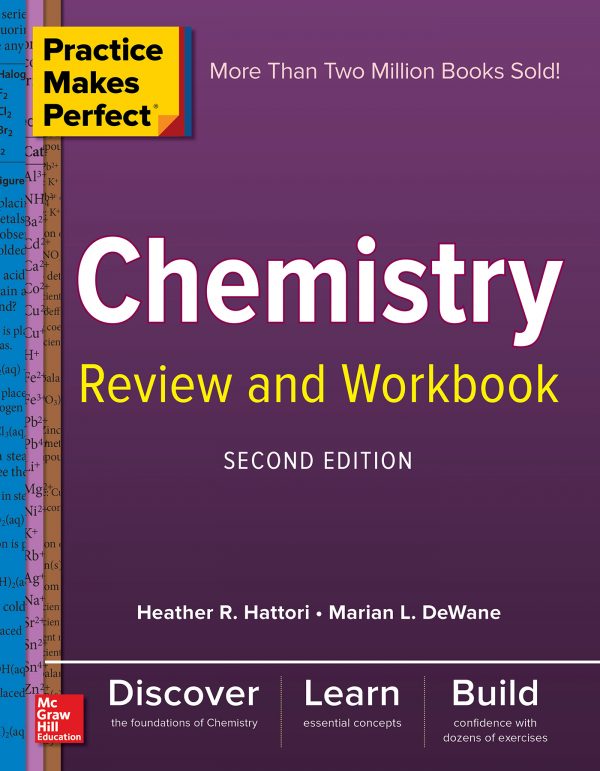
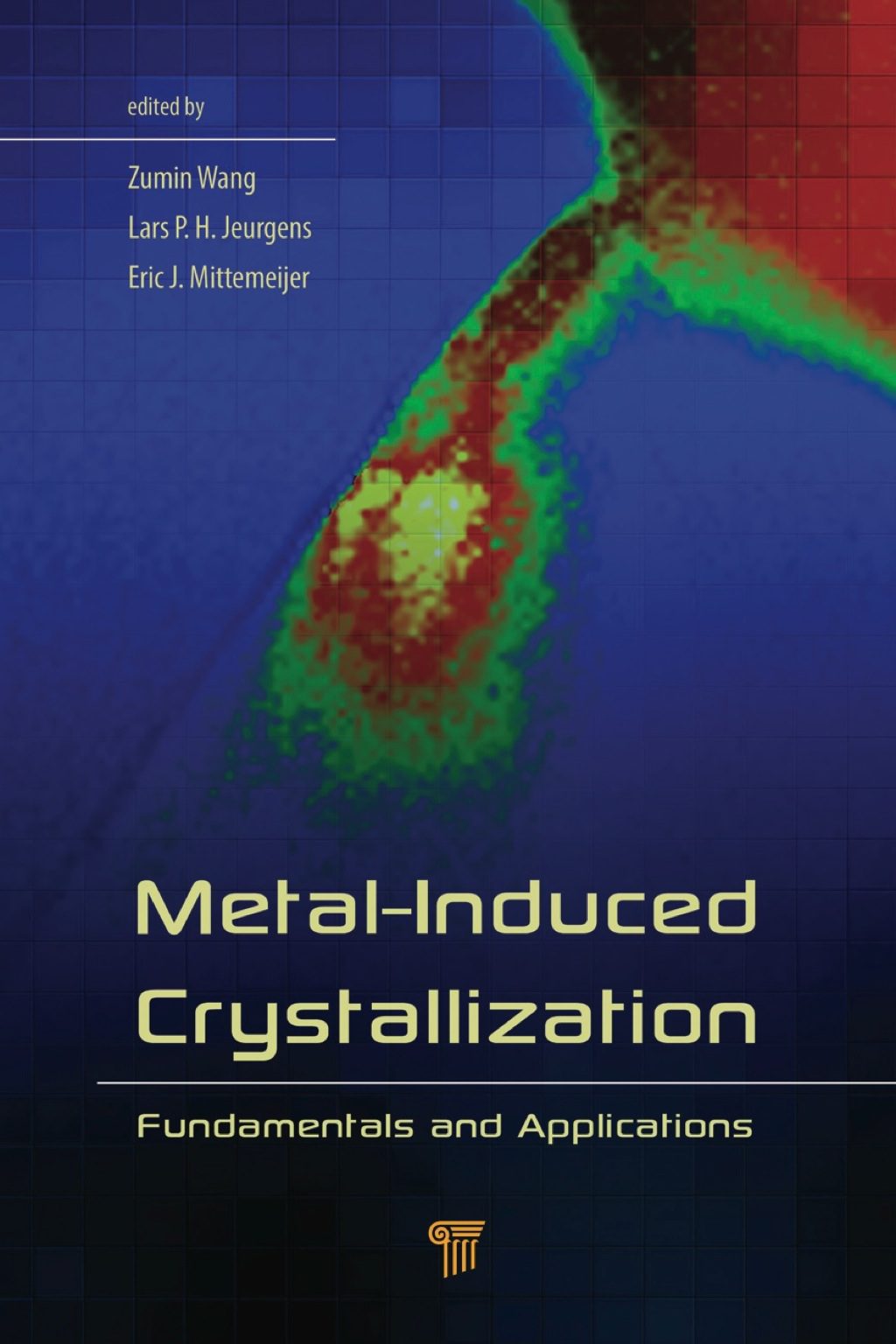
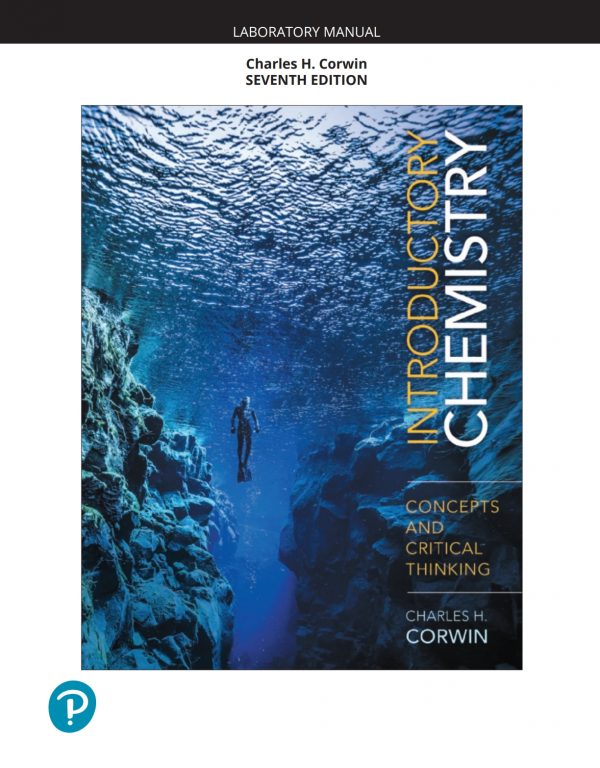
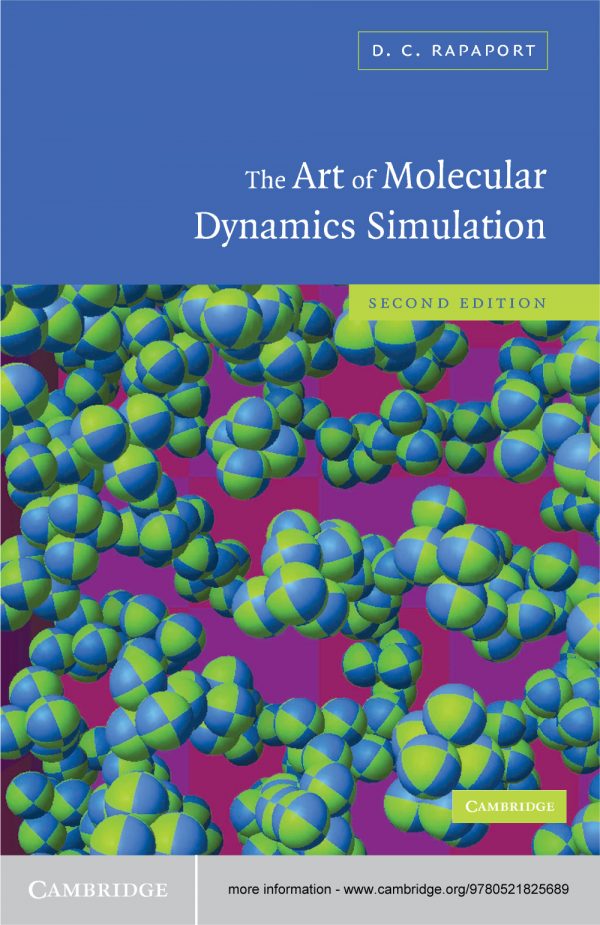

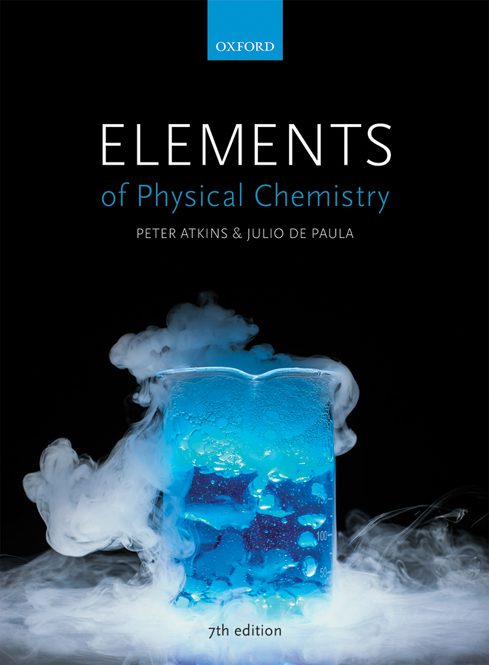
Reviews
There are no reviews yet.